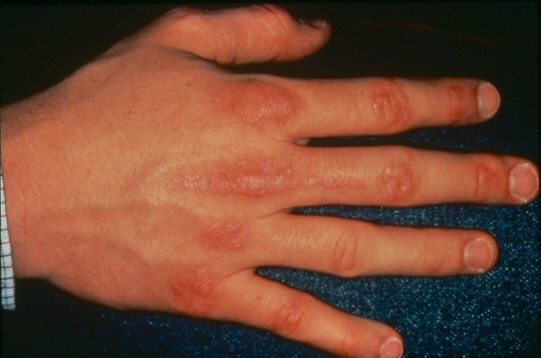Dermatomyositis is a rare inflammatory disease that characterized as having muscle weakness and typical skin rash. This medical condition is more common to women than their men counterparts.
What is Dermatomyositis?
Dermatomyositis is chronic condition that affects the muscles. This is characterized as having muscle pain, weakness and skins rashes. Atrophy and dysfunction may also be observed with patients. In regards to the skin rashes, a dark red or purplish rash may appear in elbows, toes and knees.
This condition is related to autoimmune disease as the immune system attacks the muscles and the skin. A disease may have a period of remission later on. These affect both adults and children alike. In adults, the illness may appear between 40 to 60 years above while in children, this may appear in between five to fifteen years old.
What are the Symptoms of Dermatomyositis?
The symptoms of dermatomyositis appear gradually over time. It may start a few weeks to several months before the full diagnosis of the condition.
Some common symptoms of dermatomyositis may include:
- Red or purplish rash
- Fever
- Muscle soreness
- Difficulty in swallowing
- Weakness of muscles
- Loss of weight
Dermatomyositis can be severe at times and can be life threatening. Severe symptoms of dermatomyositis may include:
- Chest pain
- Difficulty in breathing
- Problem in urination
- Too much pain in the muscles
- Weakness and immobility
What are the Causes of Dermatomyositis?
The cause of dermatomyositis is not clearly defined but it is related to autoimmune disorder in which the immune system attacks the muscles instead of foreign substances like bacteria. Aside from the autoimmune disorder, dermatomyositis is also related to genetics. The risk factor of developing dermatomyositis is high if a relative have the same condition.
Prior bacterial and viral illness, which is not treated properly, may also result to dermatomyositis.
What are the Complications of Dermatomyositis?
Patient with dermatomyositis should understand that this is a lifelong disease. The symptoms may heal temporarily then may have relapsed again in the future. Right care and initial treatment to symptoms are needed to avoid serious complications. Some of well-known complications of dermatomyositis are:
- Dysphagia or difficulty in swallowing is one of the symptoms of dermatomyositis. If not treated, dysphagia may result to loss of nutrients and excessive weight loss.
- Breathing problems like shortness of breath are complications of dermatomyositis.
- Digestive tract problems like ulcer may result from inability to eat of a person with dermatomyositis.
- Calcium deposits are stored in the muscles and connective issues as the disease progresses.
Aside from the severe complications, people with dermatomyositis are also at higher risk of developing other disorders like:
- Raynaud’s phenomenon is where a person develops too much sensitivity to cold temperatures
- Dermatomyositis can cause inflammation to heart muscles.
- Severe cases of dermatomyositis are also found to be related to cancer of breast, pancreas, cervix and lungs.
- Studies show that person with dermatomyositis may also develop lupus.
- Stillbirth is also at high risk if the disease is in remission during pregnancy.
What are the Treatments of Dermatomyositis?
Treatments of dermatomyositis vary depending on the severity of the symptoms. Since it is a chronic condition, treatments during relapse may mean stronger medications. Some of the treatments are:
1. Medications
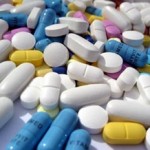 Medications for the muscles and the skin are needed. For the muscles, medicines are needed to heal muscle pain and to restore muscle strength. For the skin, topical medicines are needed to treat lessen the appearance of rashes.
Medications for the muscles and the skin are needed. For the muscles, medicines are needed to heal muscle pain and to restore muscle strength. For the skin, topical medicines are needed to treat lessen the appearance of rashes.
           2. Intravenous immunoglobulin
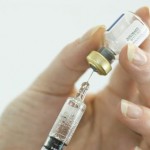 Intravenous medicines that contain healthy antibodies may be needed. The healthy antibodies aim to stop the damaging antibodies that attack the skin and muscles. Intravenous immunoglobulin may significantly help a person but a person may need the infusions every 6 – 8 weeks depending on the severity of the symptom.
Intravenous medicines that contain healthy antibodies may be needed. The healthy antibodies aim to stop the damaging antibodies that attack the skin and muscles. Intravenous immunoglobulin may significantly help a person but a person may need the infusions every 6 – 8 weeks depending on the severity of the symptom.
           3. Physical therapy
 A therapist is required to guide patients how to exercise and how to improve muscle movements minus the pain.
A therapist is required to guide patients how to exercise and how to improve muscle movements minus the pain.
Â
           4. Speech Therapy
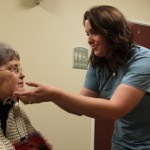 Severe cases of dermatomyositis may affect how the patient speaks. A speech therapist can help the patient cope with dermatomyositis.
Severe cases of dermatomyositis may affect how the patient speaks. A speech therapist can help the patient cope with dermatomyositis.
Â
           5. Diet Modification
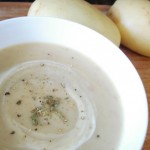 Swallowing can be affected by dermatomyositis. In order to avoid loss of nutrients, a licensed dietitian can help the patient prepare foods that are nutritious and easily to swallow.
Swallowing can be affected by dermatomyositis. In order to avoid loss of nutrients, a licensed dietitian can help the patient prepare foods that are nutritious and easily to swallow.
6. Surgery
 Severe cases may require surgery. This may help to stop recurring skin infections caused by dermatomyositis.
Severe cases may require surgery. This may help to stop recurring skin infections caused by dermatomyositis.
Dermatomyositis requires long treatment and needs proper guidance of your health care provider. If your condition worsens, visit immediately your doctor to avoid further complications.
